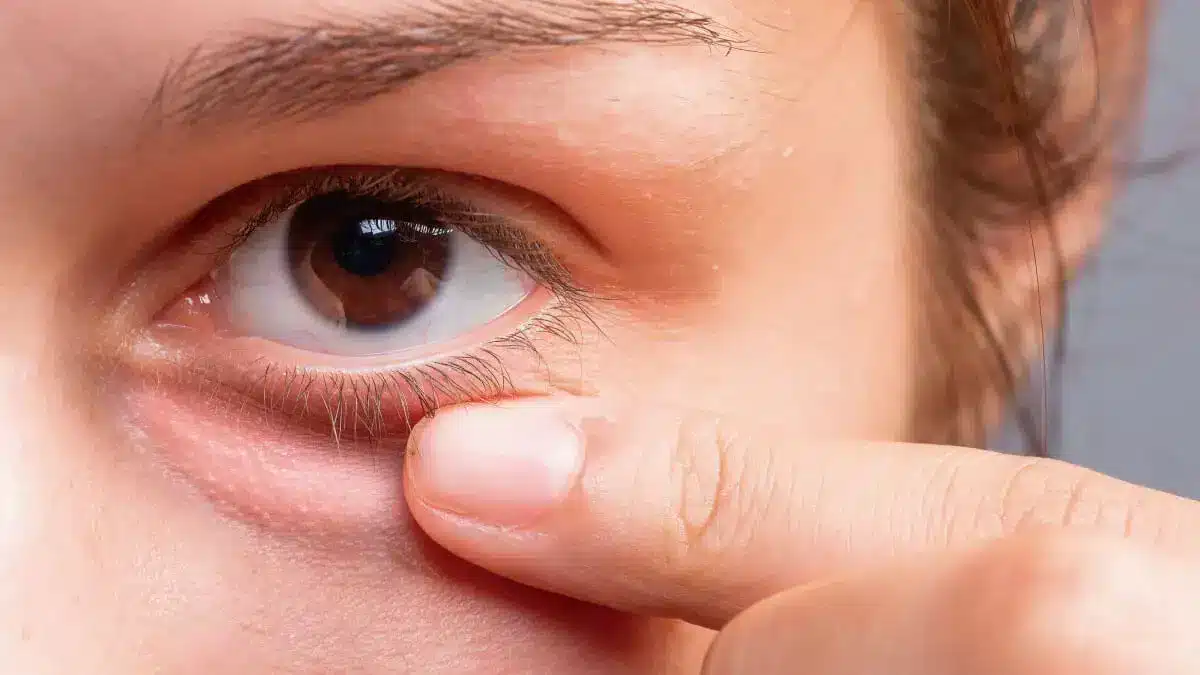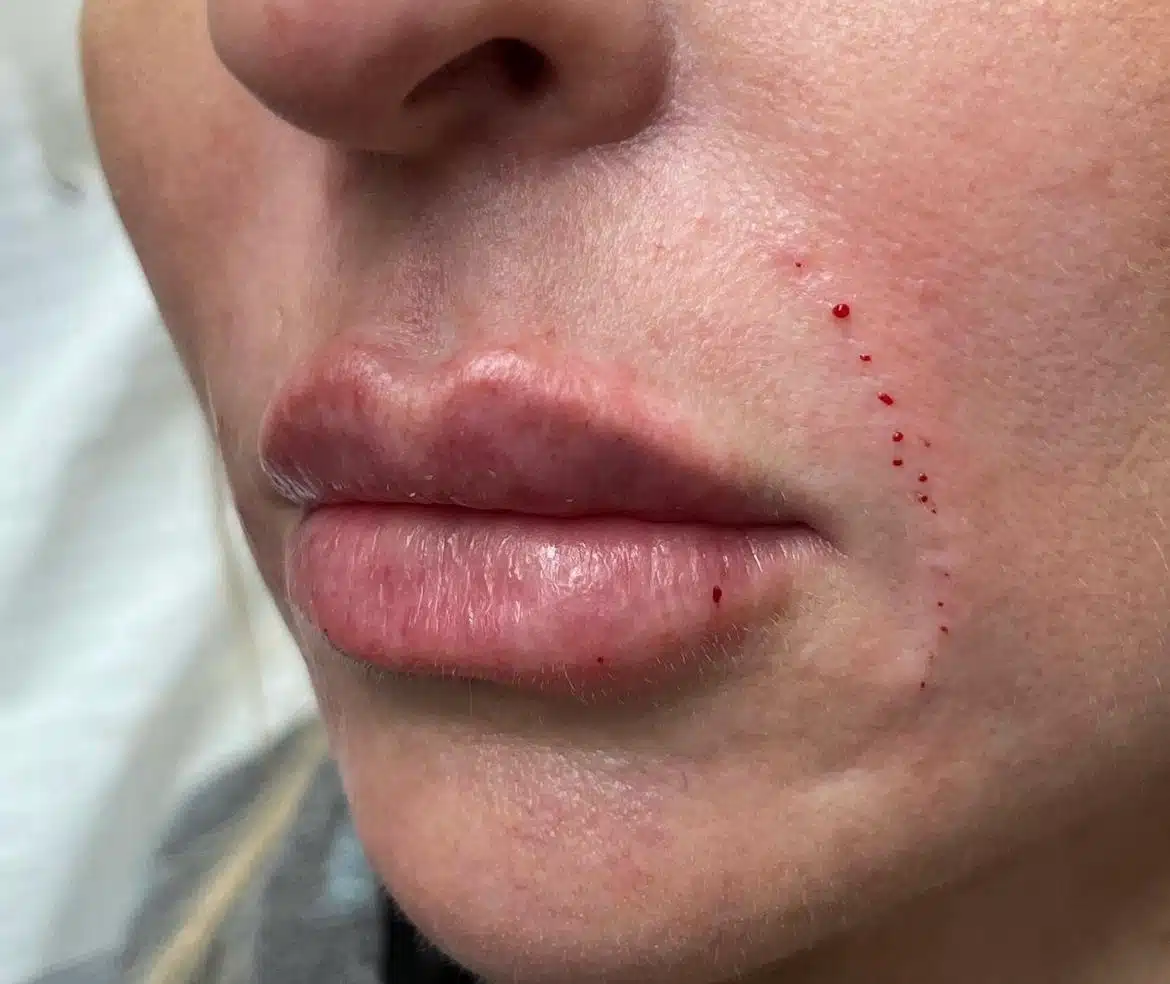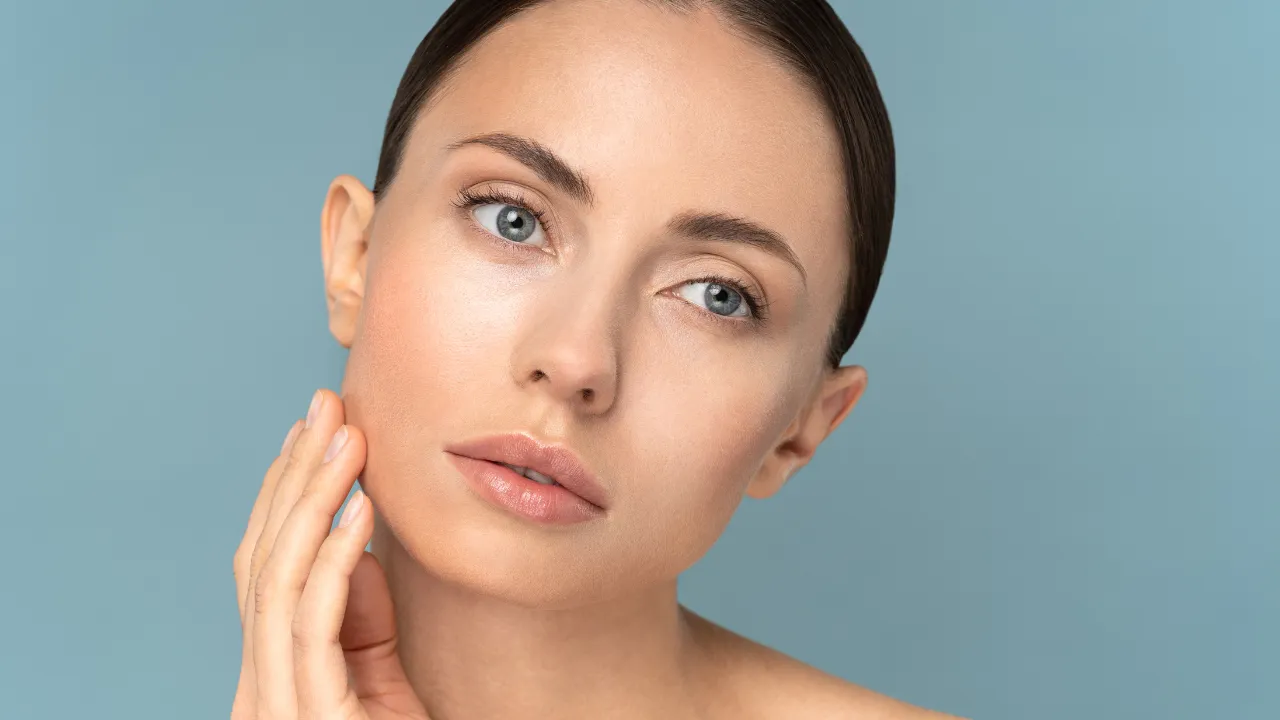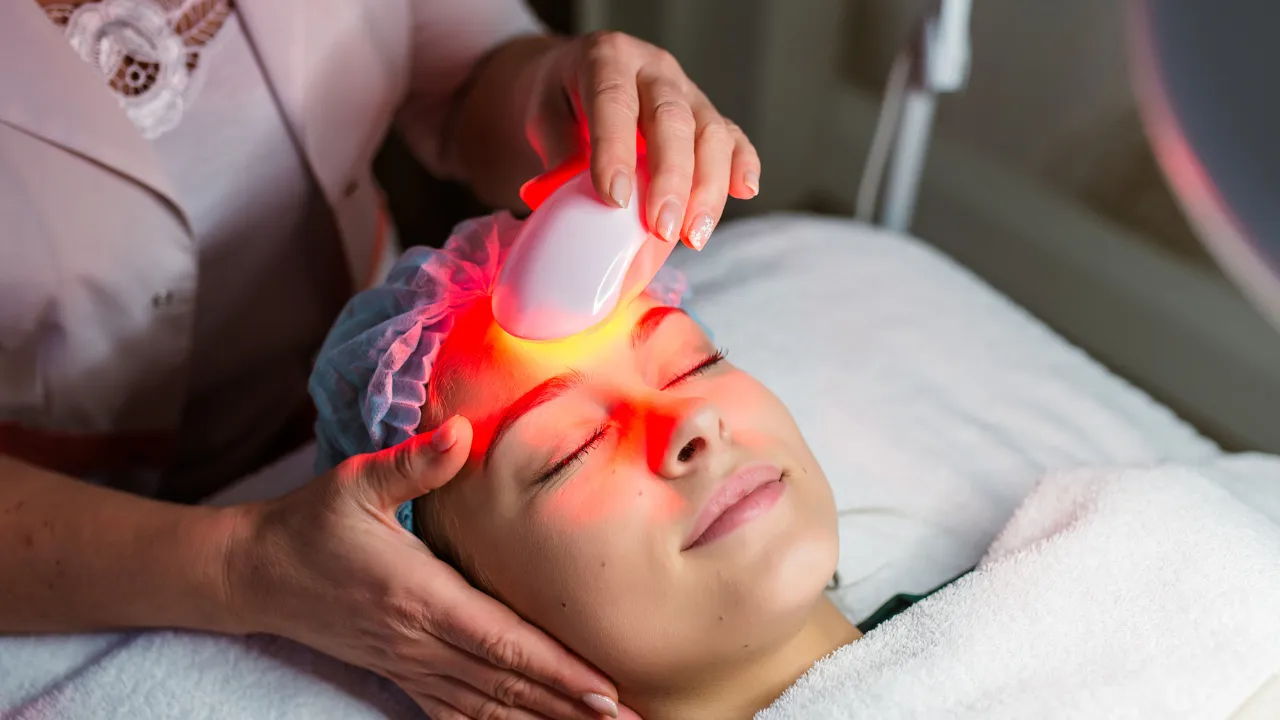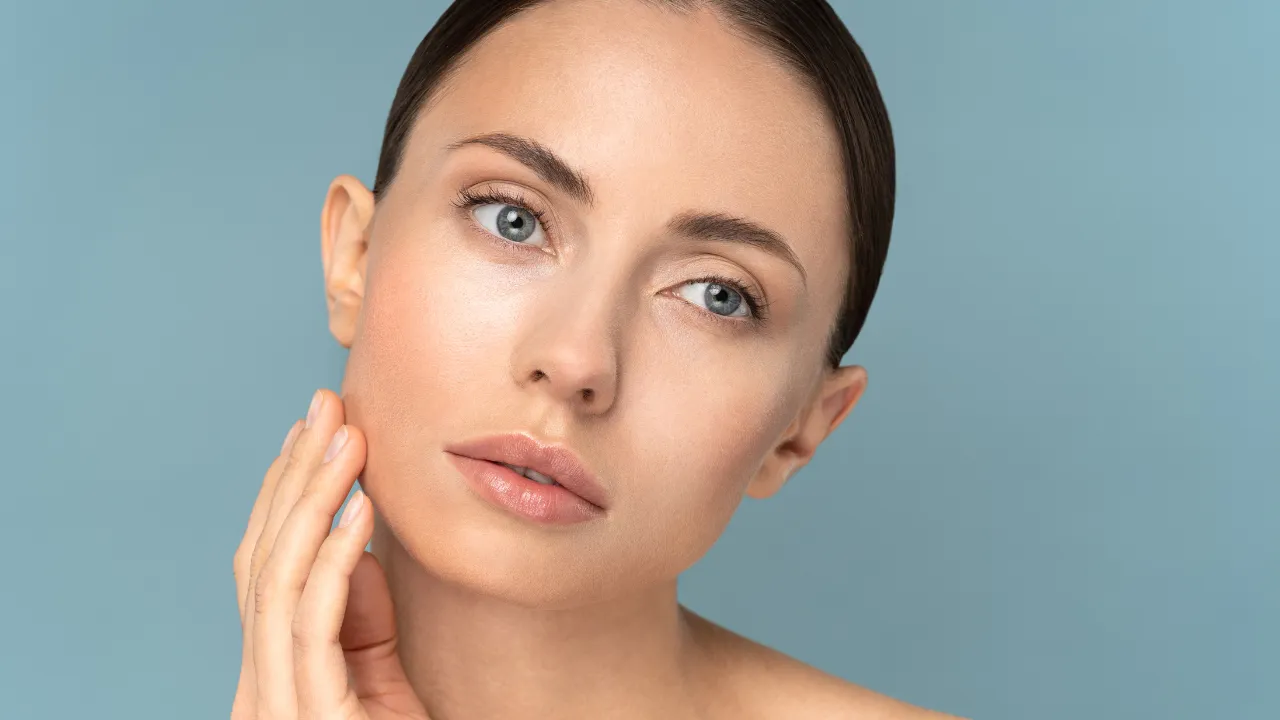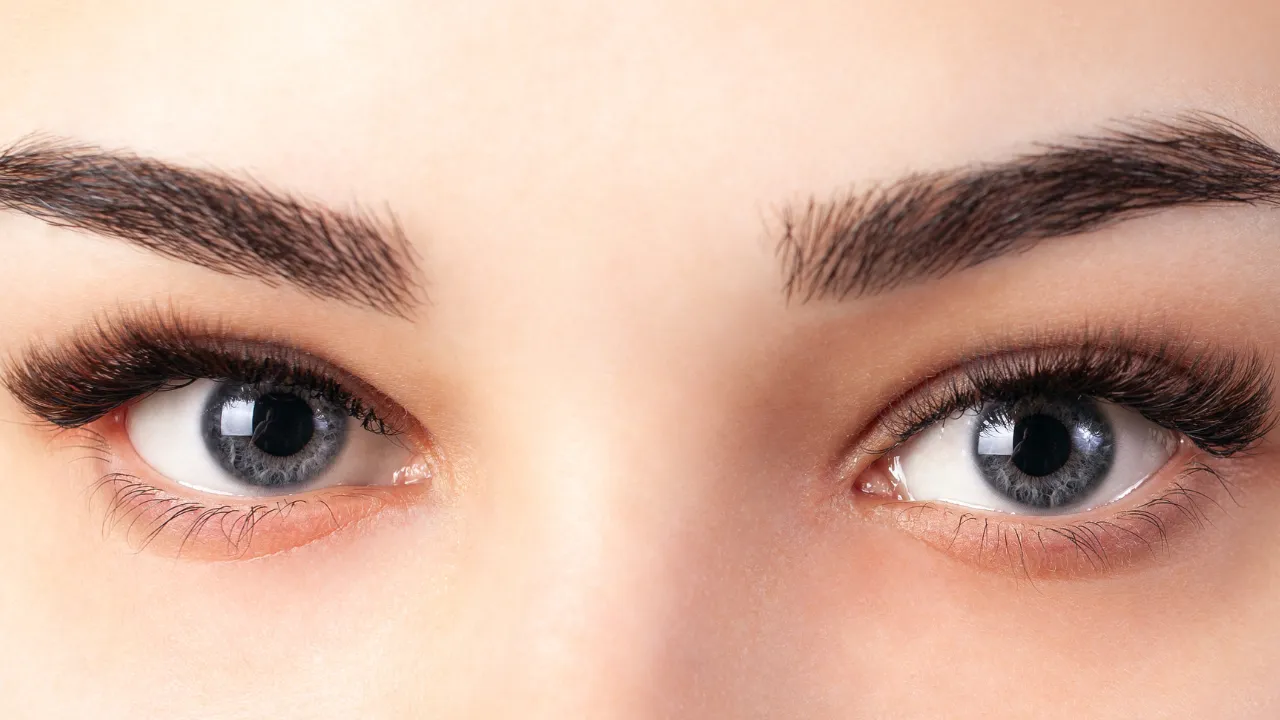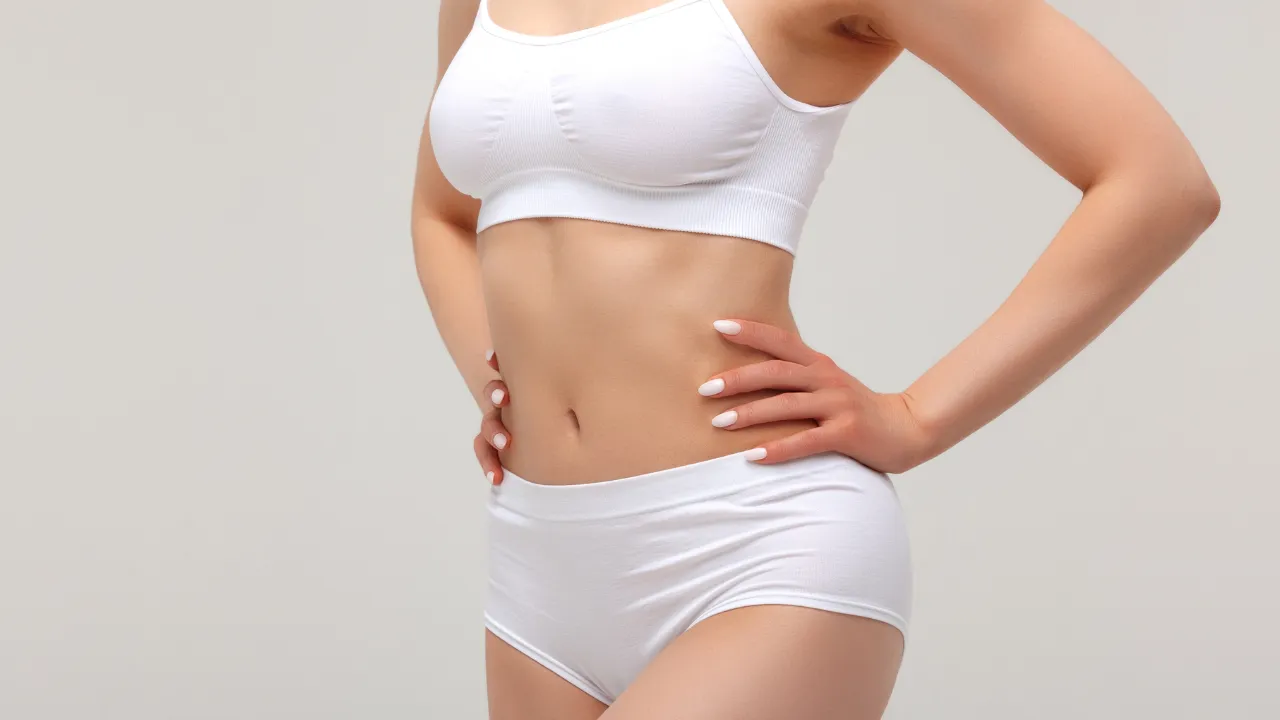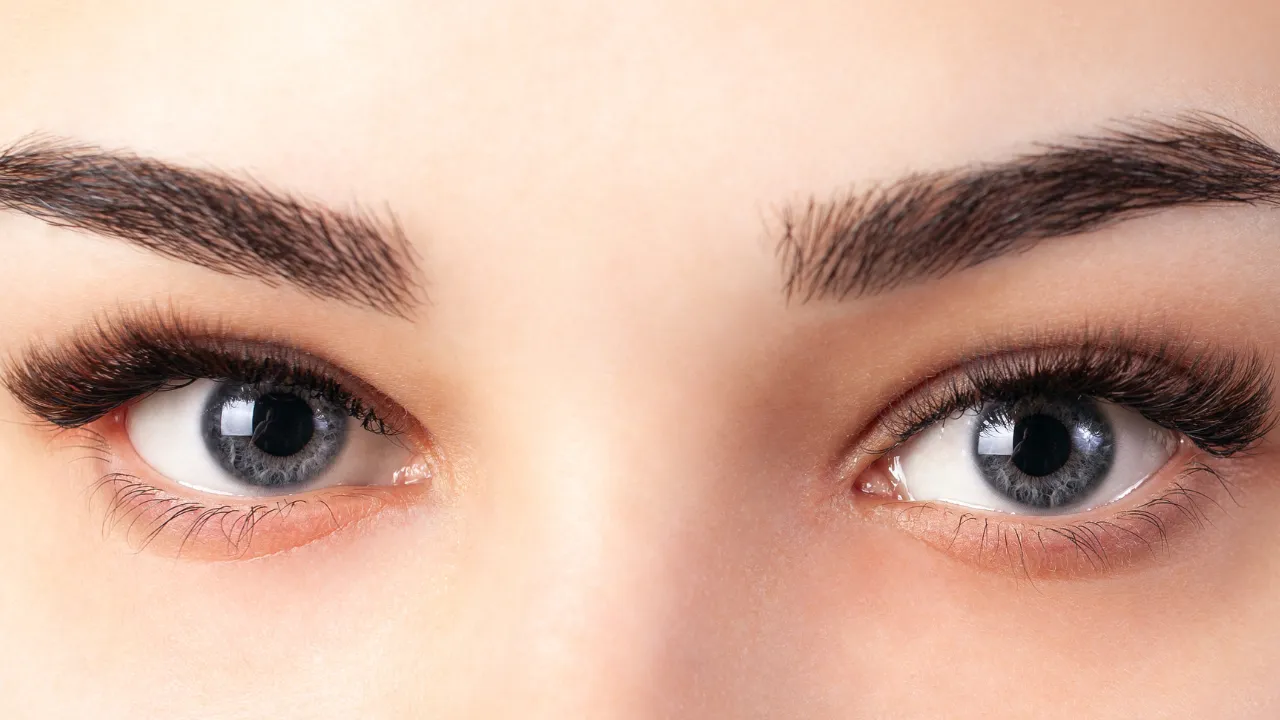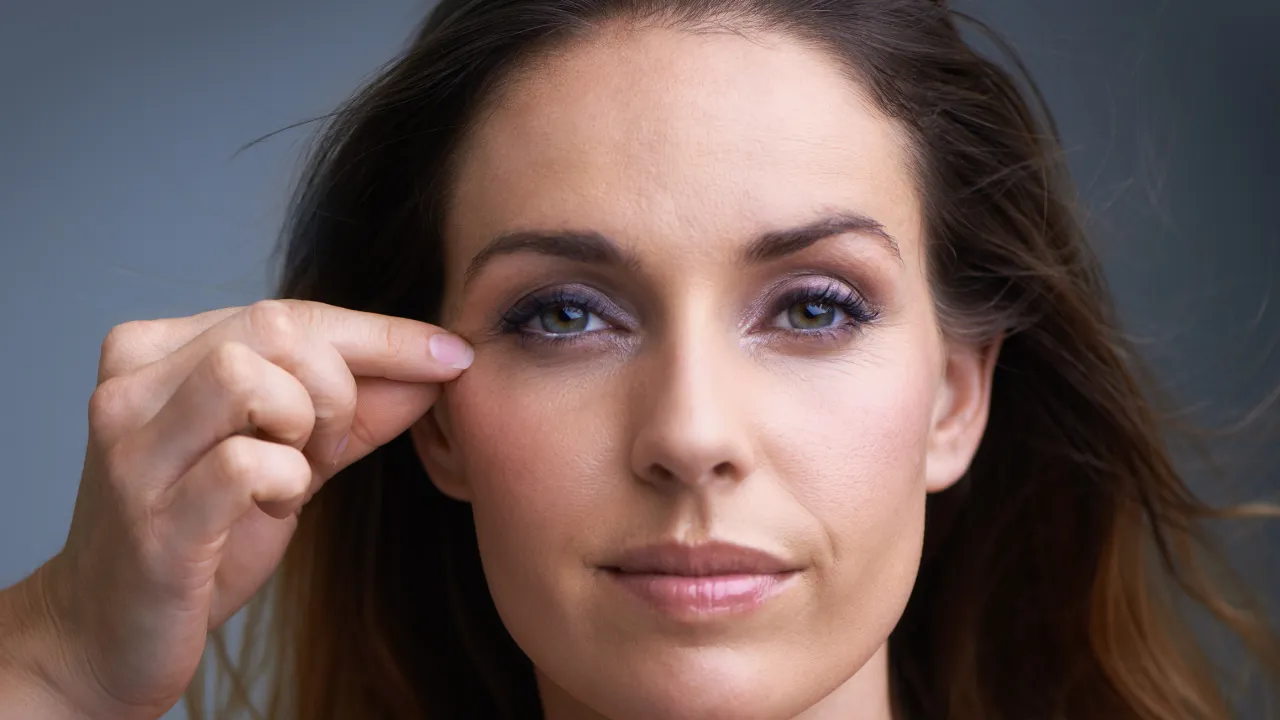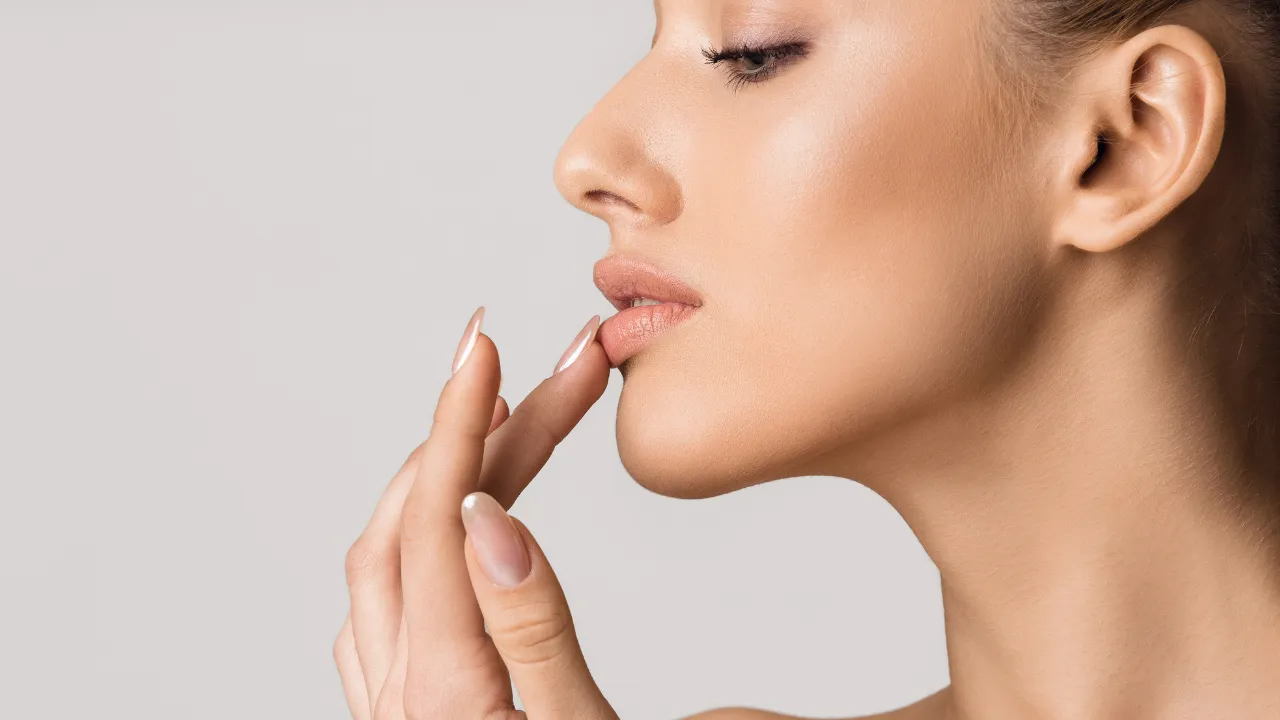Using a cold compress for a swollen eyelid is one of the safest and most effective ways to reduce inflammation and ease discomfort.
According to Dr. Joel E. Kopelman of Kopelman Aesthetic Surgery, this simple technique can help soothe swollen eyes while supporting natural healing, especially when applied correctly.
Table of Contents
ToggleWhat Causes a Swollen Eyelid?
A swollen eyelid can result from several common conditions. Allergies, infections like conjunctivitis, styes, or blocked oil glands can all trigger inflammation. Environmental irritants such as pollen, dust, or smoke are also frequent culprits.
Understanding the source is essential to finding the right solution. For instance, an allergic reaction may cause generalized swelling in both eyes, while a stye usually affects just one eye and appears as a red, painful bump.
In some cases, swollen eyelids may also result from underlying medical conditions such as thyroid eye disease, sinus infections, or autoimmune disorders.
Why Is My Eye Swollen?
Consider whether you’ve experienced itching, burning, or discharge. These symptoms may indicate an allergy or an infection. In other cases, trauma or fatigue may be to blame. Identifying the underlying cause helps determine if a home remedy like a cold compress is appropriate.
Swollen Upper vs. Swollen Lower Eyelid
Both the upper and lower eyelids can swell, but the causes and severity may vary. A swollen lower eyelid is often associated with fluid retention or tiredness, while an upper eyelid might swell due to infections or insect bites. Assessing which part of the eye is swollen can guide how and where to apply treatment.
When to Use a Cold or Warm Compress
Depending on the cause of the swelling, cold compresses are ideal for reducing inflammation, numbing discomfort, and minimizing puffiness. They are especially effective in allergic reactions, eye strain, or post-surgical swelling.
Cold Compress for Inflamed Eyelid
Use a cold compress for inflamed eyelid conditions when swelling is caused by allergies, irritation, or trauma. This can quickly calm the tissue and constrict blood vessels to reduce redness. Applying it gently over closed eyes helps soothe the area without causing further irritation.
How to Apply a Cold Compress Correctly
Applying a cold compress is simple but requires care:
- Use a clean cloth or a gel eye mask
- Soak it in cold water or refrigerate (do not freeze directly on the skin)
- Gently place over closed eyelids for 10-15 minutes
Repeat as needed, ensuring the compress isn’t too cold to prevent skin damage. Never press hard or use ice directly on your eyelid. Avoid overusing cold compresses if you suffer from dry eyes, as excessive cooling can worsen irritation and discomfort.
Step-by-Step Instructions
- Wash your hands thoroughly
- Prepare a clean compress soaked in cold or warm water, depending on your condition
- Sit or lie in a relaxed position
- Place the compress over your closed eyes
- Keep in place for 10-15 minutes
Common Mistakes to Avoid
- Using dirty clothes or reusing old compresses
- Applying ice directly to the skin
- Pressing too hard on the eyelid
- Using compresses that are too cold
How Long Should You Use a Cold Compress?
In general, cold compresses can be used for 10-15 minutes per session, up to 3 times a day. It’s important not to exceed this to avoid overcooling the skin. Always monitor your skin for sensitivity or signs of irritation.
What to Do When Cold Compresses Don’t Help
If your swollen eyelid does not improve after using cold compresses for a few days, it may indicate an underlying condition that requires medical treatment. For example, bacterial infections may need treatment with antibiotic eye drops prescribed by a healthcare provider.
Swelling that worsens or spreads around the eye could be a sign of orbital cellulitis, a medical emergency. In such cases, promptly contact an oculoplastic specialist like Dr. Kopelman for evaluation and care.
Fast Home Remedies for Swollen Eyelid Relief
In addition to cold compresses, several home remedies can support swollen eyelid treatment:
- Chamomile tea bags chilled in the fridge
- Cucumber slices placed over the eyes
- Over-the-counter antihistamine drops (if allergy-related)
- Avoiding eye makeup and irritants
These remedies can ease swelling while keeping the area clean and hydrated. If you’re looking for a natural swollen eyes remedy, chamomile tea bags and cool cucumber slices are some of the most accessible and soothing options.
Quick At-Home Solutions
If your bottom eyelid is swollen or your eyes feel irritated, you may try:
- Washing your face with cool water
- Using preservative-free artificial tears
- Taking a break from screens to reduce strain
These simple actions can make a difference, especially with proper rest.
Common Triggers and Risk Factors
Understanding what contributes to swollen eyes can help minimize flare-ups. Some of the most common triggers include:
- Allergic reactions to pollen, dust, or cosmetics
- Rubbing the eyes frequently
- Contact lens overuse or improper hygiene
- Lack of sleep or high sodium intake
- Chronic sinus issues or hormonal fluctuations
If your bottom eyelid is puffy or the swelling is recurrent, it’s helpful to track potential triggers in a symptom journal. This can assist your doctor in making a more accurate diagnosis.
When to See a Doctor
Not all swollen eyes can be treated at home. Seek medical attention if you notice:
- Severe pain or vision changes
- Persistent swelling beyond 48 hours
- Yellow or green discharge
- Fever or general illness
- Blurred or double vision that doesn’t improve
Signs It’s More Than Irritation
Eye infections or conditions like cellulitis require prompt care. If swelling spreads to surrounding tissue or affects vision, contact an oculoplastic specialist.
Chronic or Recurrent Eye Swelling
A trusted eye doctor can evaluate recurring issues and determine whether allergies, infections, or anatomical concerns are contributing to your symptoms. For recurring cases of swollen eyelids, a specialist like Dr. Joel E. Kopelman can offer a personalized evaluation. His eyelid and facial surgery expertise ensures safe, effective solutions that address function and appearance.
We hope this guide provides clarity and relief. If you’re struggling with persistent swollen eyes, consult Kopelman Aesthetic Surgery for expert advice and care tailored to your needs.


